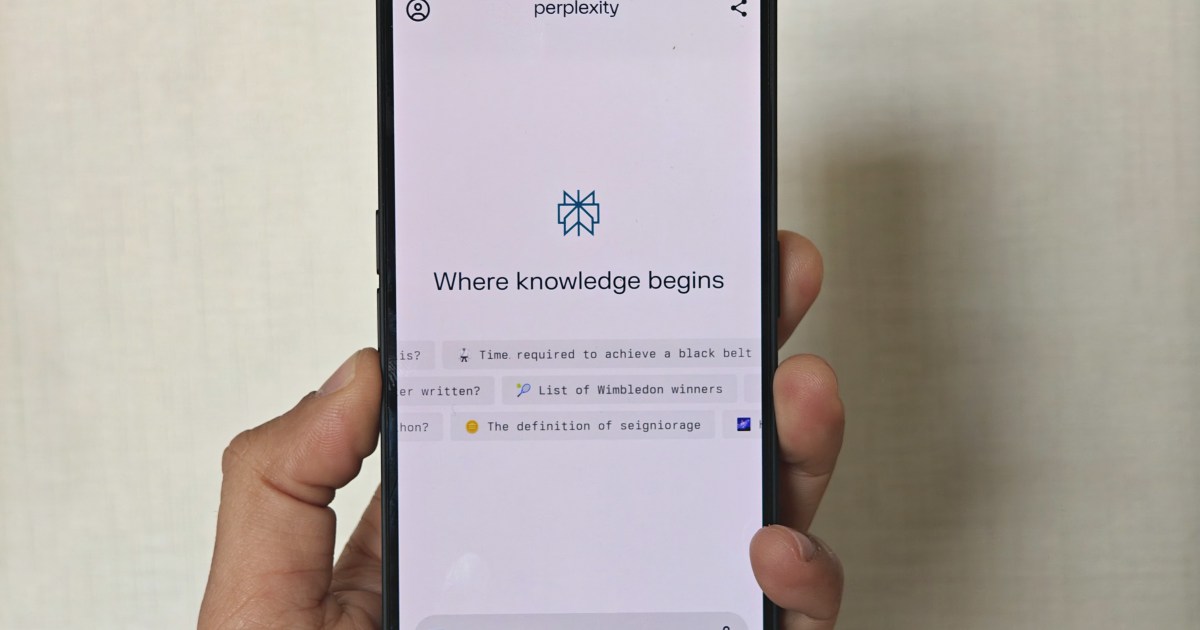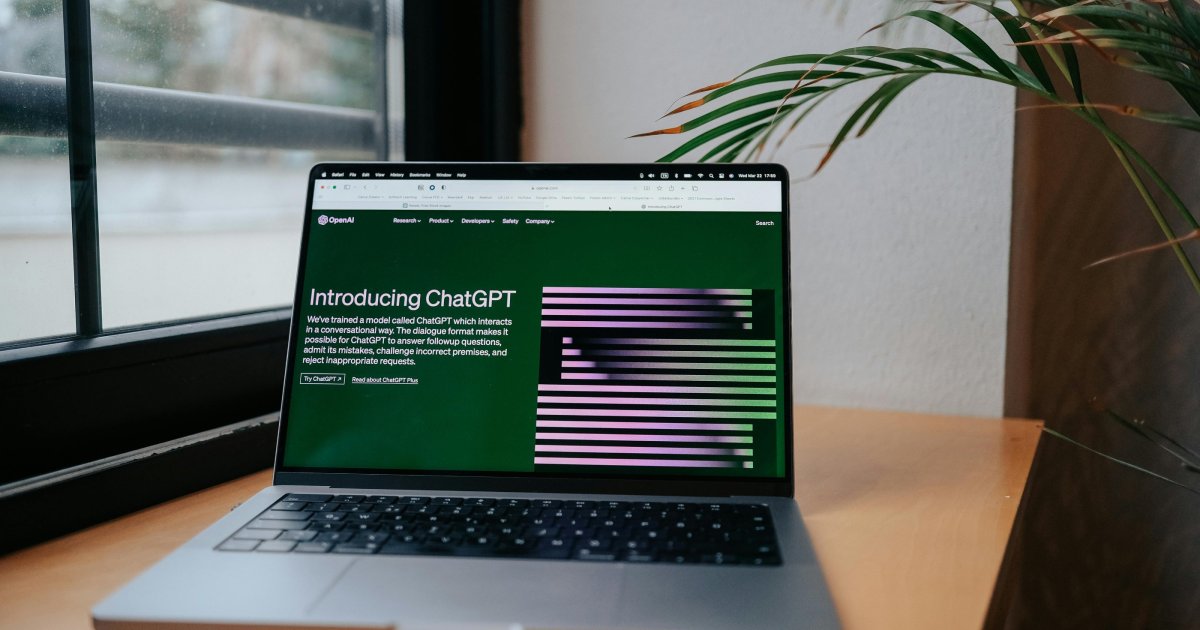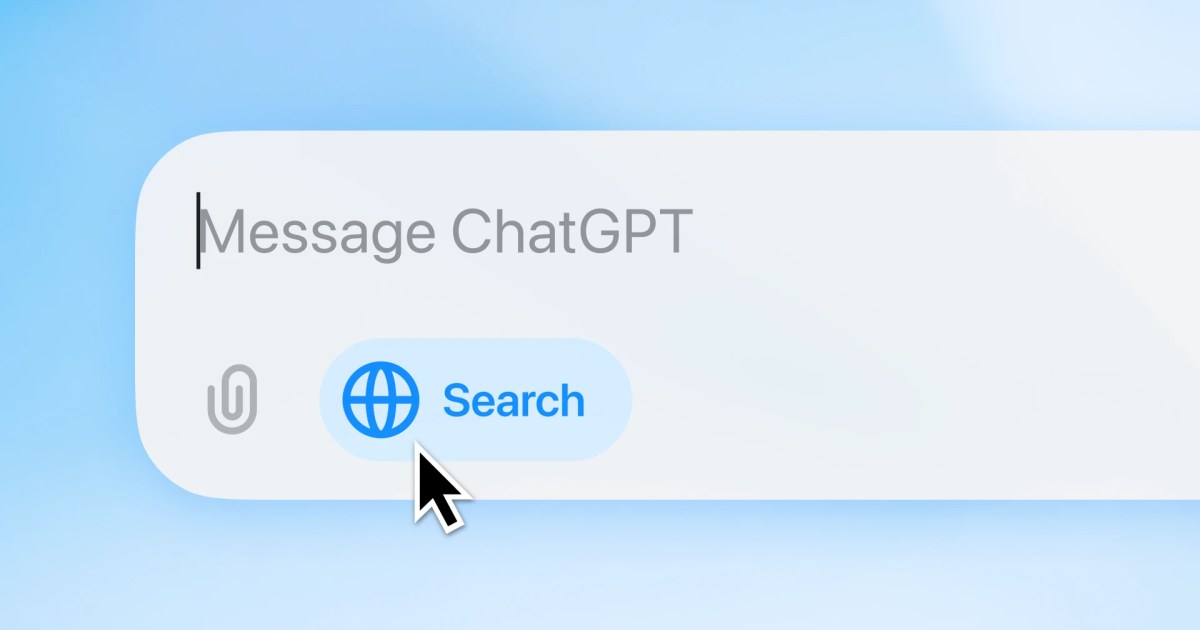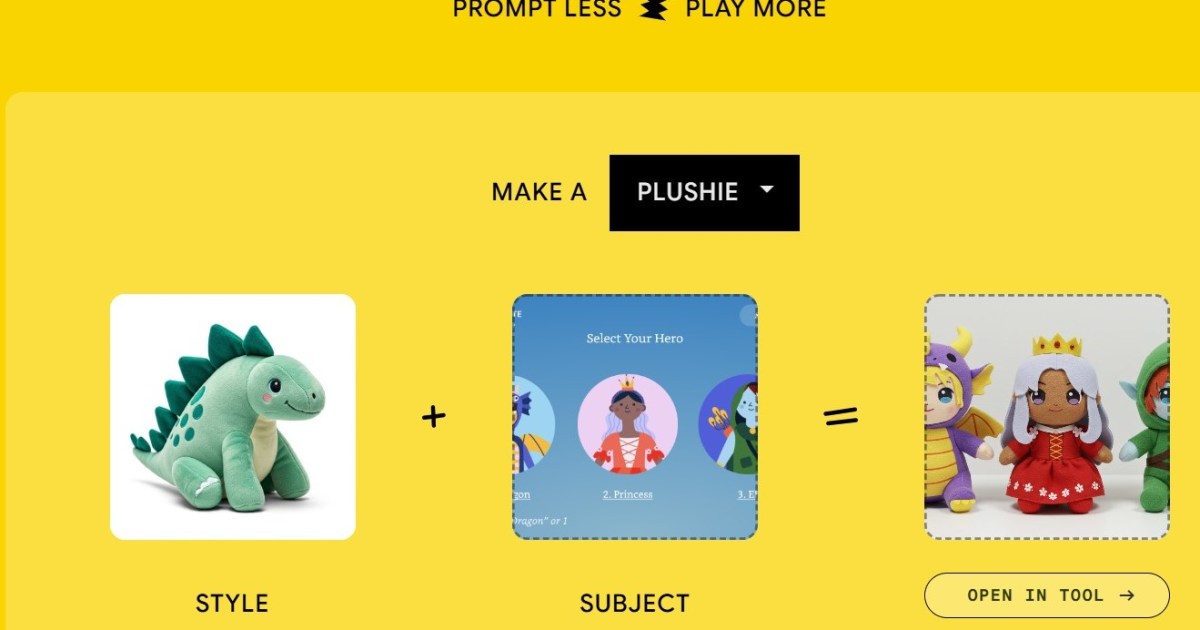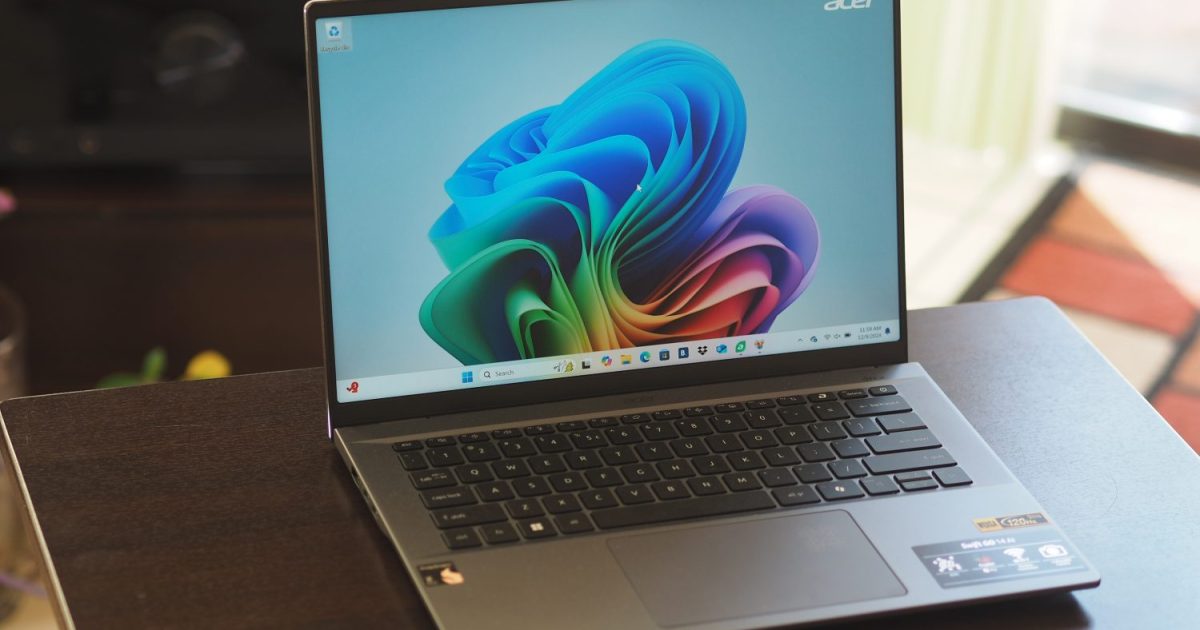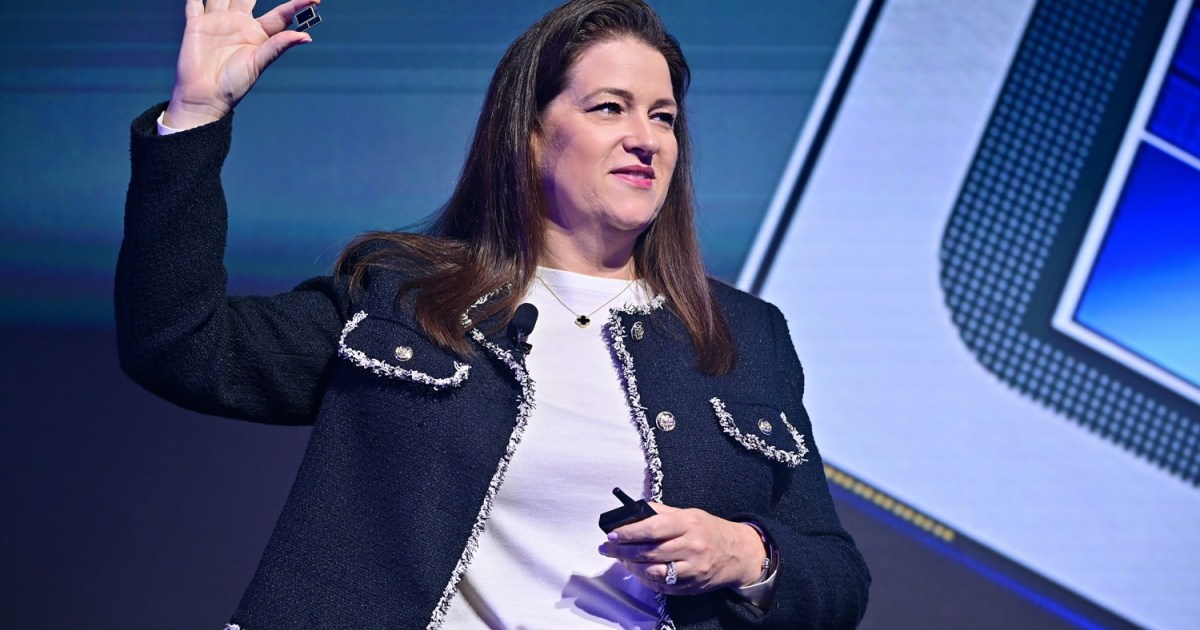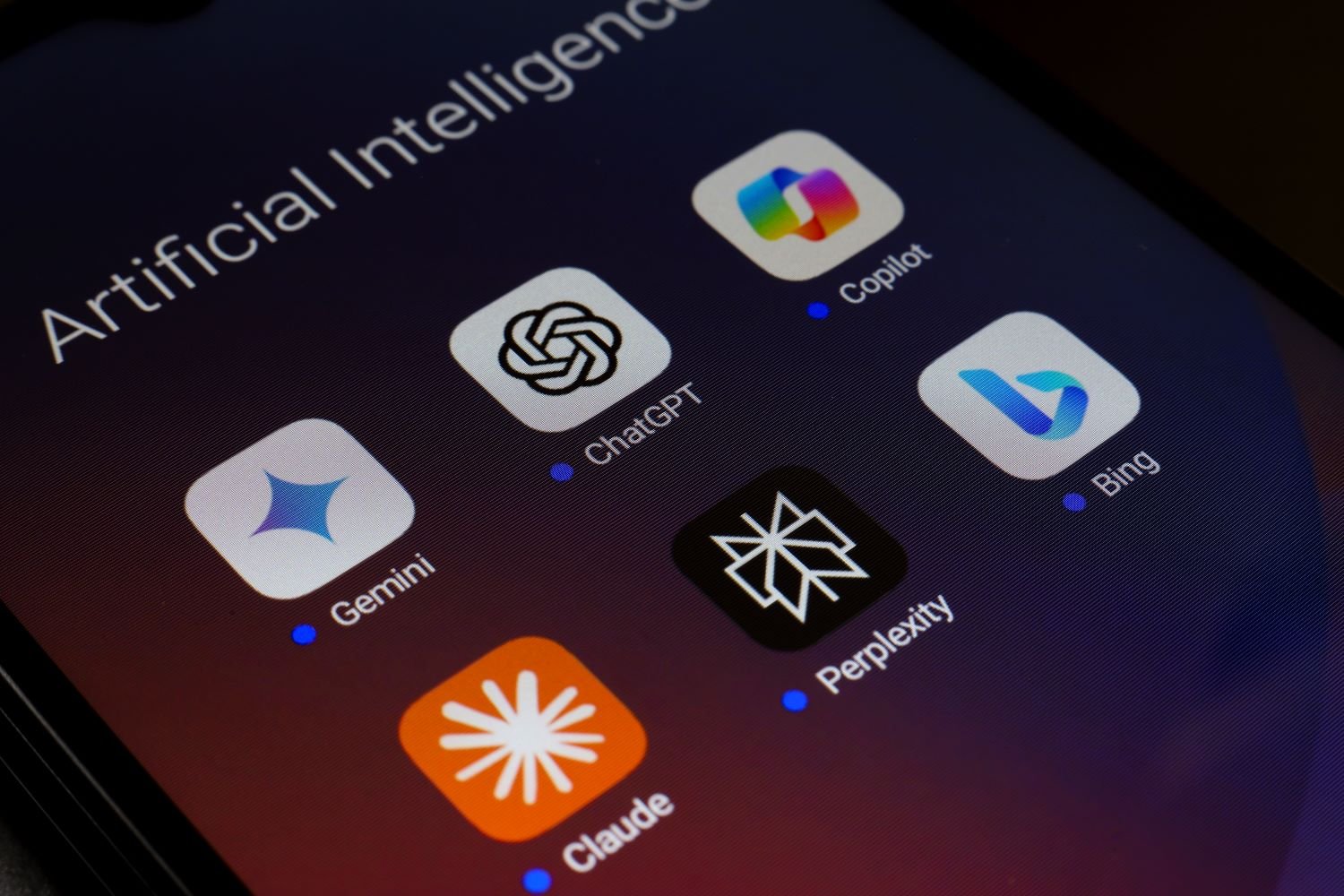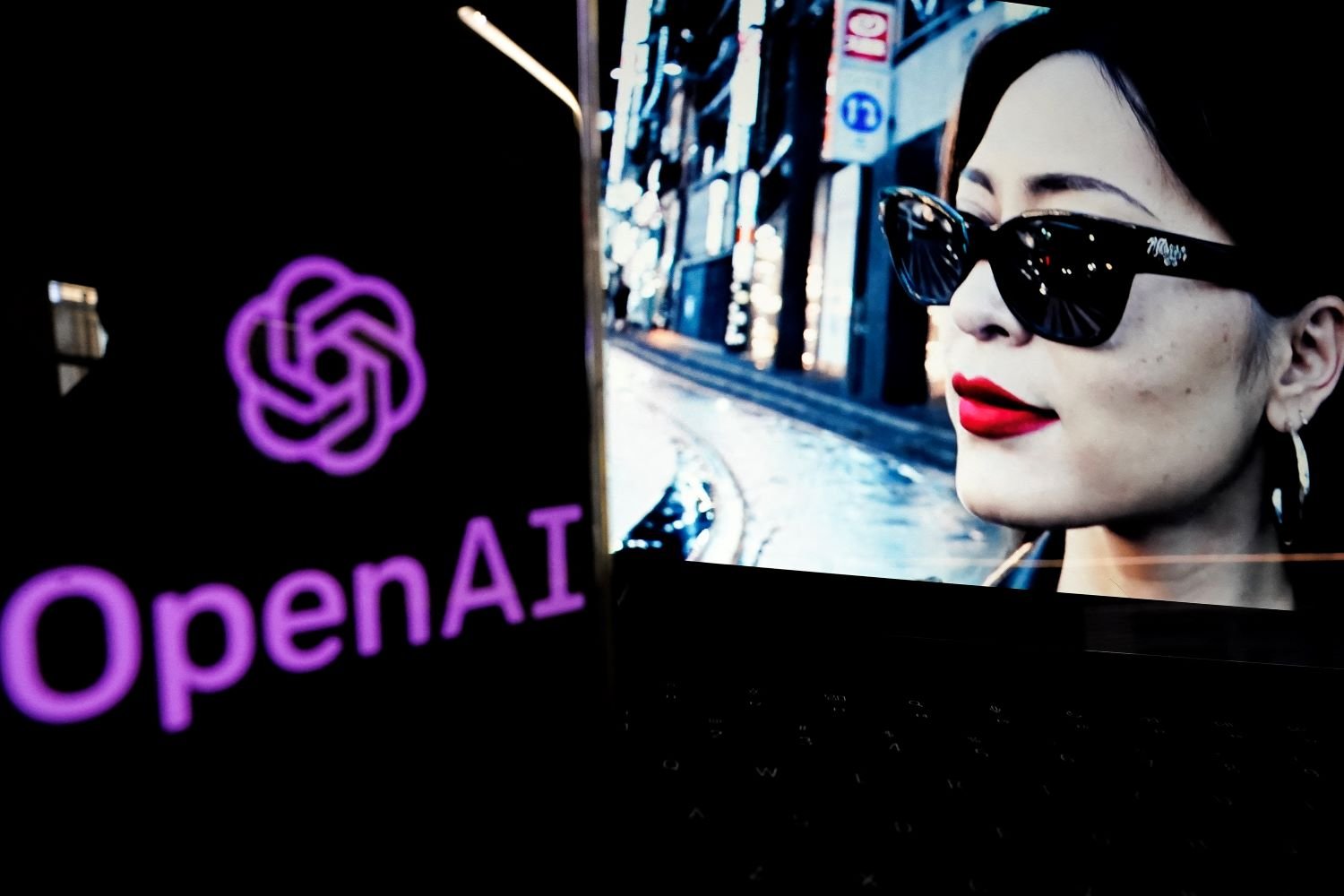The landscape of internet search is evolving rapidly. Generative AI platforms like ChatGPT and Perplexity AI are challenging Google’s long-held dominance by offering a new way to find information. Instead of presenting a list of websites, these AI-powered tools synthesize answers in a conversational tone. While this approach is gaining popularity, it also raises concerns about content attribution. This article explores the key differences between ChatGPT and Perplexity, helping you choose the best tool for your needs.
Pricing and Subscription Tiers
Both Perplexity and OpenAI (the company behind ChatGPT) offer similar pricing structures with free and paid tiers.
Perplexity’s free tier provides unlimited “Quick” searches, three “Pro” searches per day, and access to the standard Perplexity AI model. For $20/month, the Pro plan unlocks unlimited “Quick” and 300 “Pro” searches daily, access to advanced AI models like GPT-4o, Claude-3, and LLama 3.1, along with unlimited file uploads and analysis, and visualization capabilities using Playground AI, DALL-E, and SDXL.
OpenAI’s free tier grants access to GPT-4o-mini and limited access to the more powerful GPT-4o model. It also includes limited data analysis, file uploads, vision, web browsing, and image generation. The $20/month Plus tier expands these features, offering five times more messages with GPT-4o, access to the o1 model family, and full usage of all features. For $200/month, the Pro plan provides unlimited priority access to all models and features.
Advantages of ChatGPT
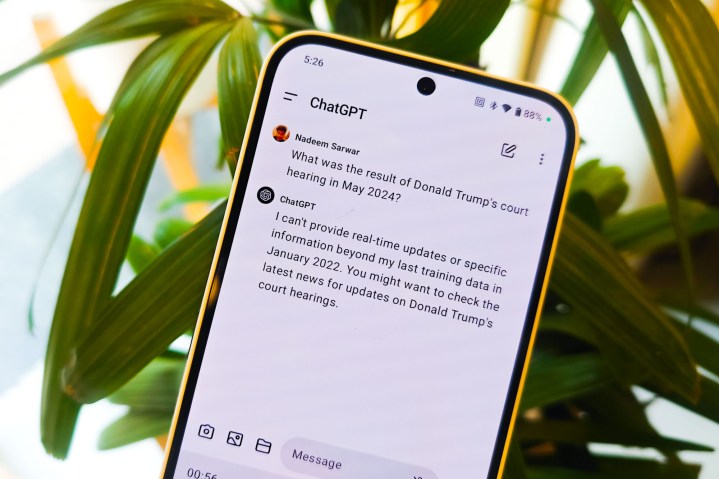 ChatGPT giving a response about its knowledge cutoff.
ChatGPT giving a response about its knowledge cutoff.
Even without a Plus subscription and access to ChatGPT Search, the chatbot can still access the internet and provide current information. Similar to how Dall-E integration removed the need for separate image generation tools, ChatGPT Search aims to replace external search engines by combining natural language interaction with real-time data like sports scores, news, and stock quotes.
ChatGPT offers greater flexibility in manipulating retrieved information. You can analyze, summarize, modify, and edit content, as well as ask follow-up questions, making it a versatile tool for various tasks.
Advantages of Perplexity
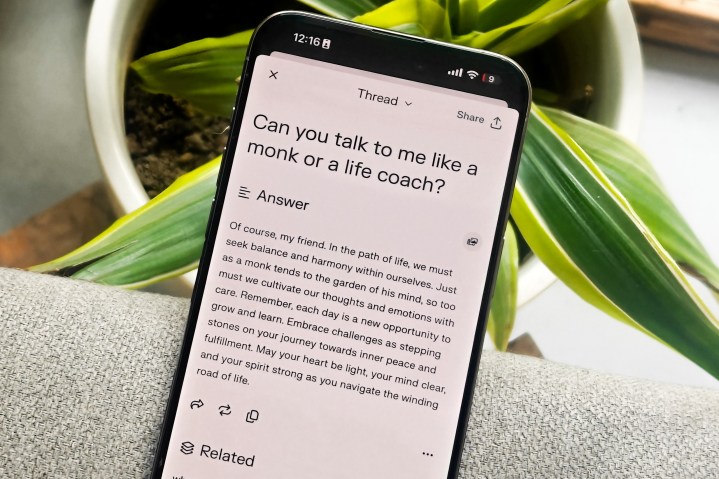 Talking with Perplexity chatbot on Nothing Phone 2a.
Talking with Perplexity chatbot on Nothing Phone 2a.
While ChatGPT excels in creative tasks, Perplexity focuses primarily on information retrieval. Consequently, its responses tend to be more accurate, cite more sources transparently, and are delivered faster. Perplexity shines in research tasks like summarizing white papers and industry studies. It also allows users to filter searches by source type, including academic, video sharing, and social media platforms.
Similar to ChatGPT, Perplexity supports follow-up questions and can even recall relevant snippets from previous conversations.
Accuracy Comparison
While Perplexity AI isn’t completely immune to hallucinations and misattribution errors, it generally demonstrates higher accuracy compared to ChatGPT Search. A study by Columbia’s Tow Center for Digital Journalism highlighted ChatGPT Search’s struggles with factual accuracy. The study found that ChatGPT frequently returned incorrect or partially incorrect responses when queried with specific quotes from published articles.
OpenAI disputed the study’s methodology and data withholding. Ultimately, the optimal model depends on the specific task and prompt. While both offer compelling features, Perplexity’s focus on accuracy makes it a strong contender in the AI search engine arena.
Conclusion
Choosing between ChatGPT and Perplexity depends on your specific needs. ChatGPT excels in creative writing and content manipulation, while Perplexity prioritizes accuracy and research-focused tasks. Both platforms offer free and paid tiers, providing flexibility in choosing the features and resources that best fit your budget and requirements. As AI search technology continues to evolve, these tools offer exciting alternatives to traditional search engines, empowering users with more interactive and nuanced ways to access information.



